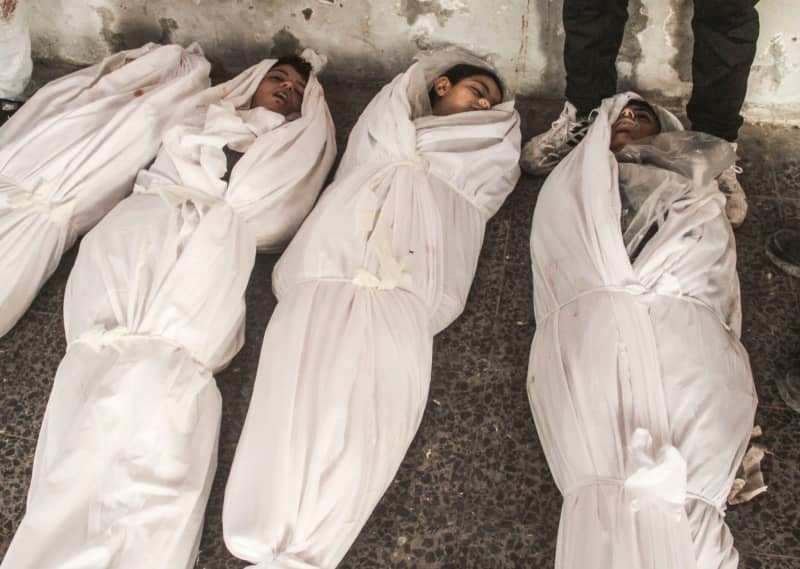Renewed Israeli airstrikes in the Gaza Strip have led to significant casualties, with reports indicating around 30 deaths, primarily among civilians sheltering in former school buildings. The attacks targeted locations where displaced individuals had sought refuge, an assault characterized by the Palestinian news agency WAFA, which claimed that at least eight people were killed in one such attack on the al-Daraj quarter of Gaza City. The Israeli military, however, defended its operations, asserting that the strikes were precise hits aimed at Hamas terrorists allegedly coordinating activities from a command center in the affected area. This military operation was part of a broader escalation following the initial surge of violence that erupted on October 7, 2023, when Hamas executed a major offensive against Israel, resulting in the loss of 1,200 Israeli lives and the abduction of over 250 people.
The current situation in Gaza has reached alarming proportions, with Palestinian sources estimating the death toll since the onset of the war has surpassed 45,200, highlighting the devastating impact of these ongoing clashes. This violence forms part of a troubling cycle of retaliatory attacks between Israeli forces and Palestinian militants. Alongside the aerial bombardments, there are reported demolitions of residential buildings in the Nuseirat refugee camp, further exacerbating the humanitarian crisis by displacing more families and creating dire living conditions for many in the region.
In a related vein of violence, another tragic incident occurred in the West Bank city of Jenin, where a member of the Palestinian security forces was killed during an operation targeting armed Palestinians. The Israeli army has frequently raided Jenin, a known stronghold of militant groups. This specific clash resulted in two other injuries among the security personnel, showcasing the volatile atmosphere as tensions continue to rise. The death of the security officer punctuates the precarious position of the Palestinian Authority, which has been grappling with the dual challenge of maintaining order amid rising militant activity while also combatting the prospects of a full-scale uprising similar to that seen in Gaza.
Furthermore, the Palestinian Authority led by President Mahmoud Abbas has faced growing pressure since Hamas’s takeover of the Gaza Strip in 2007. Abbas’s leadership has primarily controlled the West Bank, although his authority has waned in influence, especially when juxtaposed against the backdrop of Hamas’s militant reputation and its control in Gaza. The current state of unrest may compel the Palestinian Authority to reassess its strategies and alliances, as the persistent conflicts risk altering the power dynamics within Palestinian politics.
As the conflict shows no signs of abating, the human cost on both sides is staggering, with ongoing military operations causing widespread devastation and loss of life. The toll on civilians is particularly acute, raising urgent questions about humanitarian aid access and the critical need for peace negotiations that have repeatedly faltered. In a region where the lines between warfare and civil society are blurred, the emphasis on military action often draws scrutiny over the resultant collateral damage, compelling both international observers and local leaders to call for measures to protect civilians caught in the crossfire.
In conclusion, the current events in Gaza and the West Bank represent a complex interplay of military conflict, political instability, and humanitarian crisis. The detrimental impact of airstrikes and assaults on civil infrastructure underscores the urgent need for effective dialogue to prevent further escalation of violence. As both Palestinian militants and Israeli forces prepare for continued hostilities, the international community remains watchful, advocating for immediate cessation and the restoration of some semblance of peace and order in a region marked by protracted strife.

